The French Carribean island of Guadaloupe is shaped like a butterfly. About 10 miles off the bottom of its right wing lies a piece of heaven. The two Islands of the Small Land were declared a nature reserve in 1998, protecting the Lesser Antillean iguana and several species of sea turtles. Once home to cotton planters and their slaves and later to cattle ranchers and fishermen, the islands are now uninhabited.
 Of course, this is on our must-see list and we add it to the itinerary for when our friends, Gary and Courtney Corda, visit. On this early morning as we approach the islands, the weather is good and promises a day of blue skies and sunshine. The guidebook tells us there is a calm, protected anchorage between the two islands that boasts some of the best snorkeling in the Caribbean. The book also warns us that depths just outside the anchorage are only 12-15 feet, followed by a bar of dead coral with an average depth of 8 feet. Sails are down and we are under power, taking in this rather inhospitable entrance to paradise. A 6-foot surf breaking on the shore runs the width of the entrance. Hmmm, how to do this without ending up on the beach or upside-down? And once in, can we get out?
Of course, this is on our must-see list and we add it to the itinerary for when our friends, Gary and Courtney Corda, visit. On this early morning as we approach the islands, the weather is good and promises a day of blue skies and sunshine. The guidebook tells us there is a calm, protected anchorage between the two islands that boasts some of the best snorkeling in the Caribbean. The book also warns us that depths just outside the anchorage are only 12-15 feet, followed by a bar of dead coral with an average depth of 8 feet. Sails are down and we are under power, taking in this rather inhospitable entrance to paradise. A 6-foot surf breaking on the shore runs the width of the entrance. Hmmm, how to do this without ending up on the beach or upside-down? And once in, can we get out?
Just then, one of the many large day-charter catamarans who visit positions itself for entry. Their Captain whistles to us and signals to follow just behind him. This is our opportunity for entry—our destiny is in the hands of a party boat. Our own Captain secures a position just behind the day-charter and we both close in on the entry, just behind the breaking waves. We pause momentarily for the next surge and then in an instant, we throttle up the engines and surf along the top of the rolling wave. It’s exhilarating and the passengers (who are not responsible for the safety of the vessel) hoot and holler and revel in the e-ticket ride. Just as the wave begins to crest, this catamaran-turned-surfboard begins the downward climb into the lagoon as the swell continues to shore and crashes on the beach. We’re in.
Several more day-charters arrive but we know they will all depart by the end of the day, leaving us alone in this beautiful bay. The water is amazingly clear and a spectacular turquoise color. We grab our snorkeling gear and plunge in to explore. We spend the day swimming with turtles and eagle rays and spying an abundance of reef fish, conchs and sea stars in this healthy, protected marine paradise. There is no end to our excitement and we snorkel for hours.
By late afternoon, all the day visitors have left so we explore the island of Terre de Bas. (The other island, Terre de Haut, is not accessible as it is a protected nesting area.) The white sand beach is heavily planted with palm trees and there is a maze of trails leading to all sides of the island. Gary, the avid runner in the group, sets off to create his own running course. The rest of us wander the path The island is arid and desert-like but littered with small bushes and trees, including the Guaiac, a small tree nearing extinction. It is the perfect habitat for the Lesser Antillean iguana, sadly also in decline. Two male iguanas grandstand as they fight for territory across our trail. If we’re still and look carefully, we can spot several other iguanas handsomely camouflaged on branches.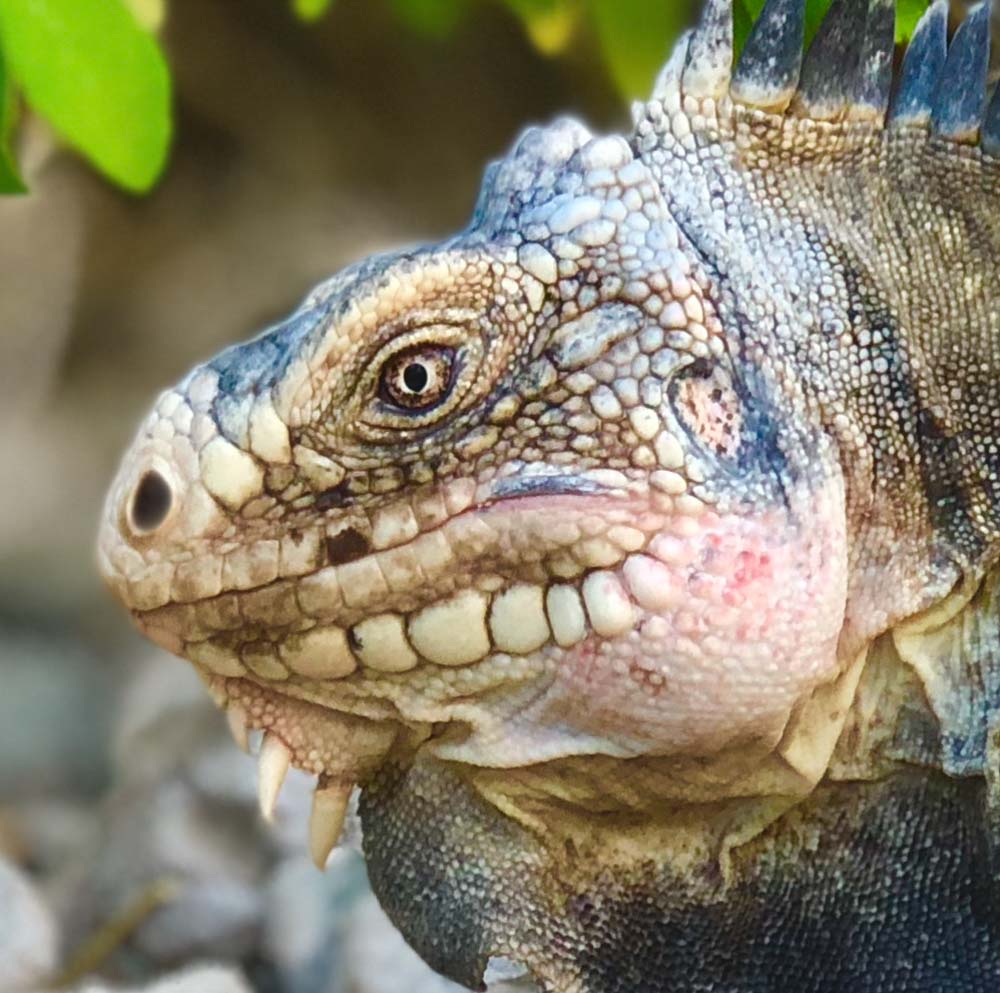 We’re surprised to find a lone ranger in the lighthouse, who tells us the last inhabitant of the island was a lighthouse keeper who left in 1974. Today, a part-time ranger is stationed in the lighthouse to oversee the reserve. Past the lighthouse, we reach the rocky eastern side of the island where Atlantic trade winds first strike land, sending waves crashing against the shoreline and forming tall, 40-foot cliffs. When the surf subsides, tidal pools expose their sharp round edges below the cliffs.
We’re surprised to find a lone ranger in the lighthouse, who tells us the last inhabitant of the island was a lighthouse keeper who left in 1974. Today, a part-time ranger is stationed in the lighthouse to oversee the reserve. Past the lighthouse, we reach the rocky eastern side of the island where Atlantic trade winds first strike land, sending waves crashing against the shoreline and forming tall, 40-foot cliffs. When the surf subsides, tidal pools expose their sharp round edges below the cliffs.
Long shadows and an infinite stretch of sunset bring a close to this remarkable day. Tomorrow, we will fight the surf to exit. For now, we’ll enjoy a star-filled sky in this exquisite piece of the planet.
Enjoyed this post?
Sign up to receive email notifications of future posts!


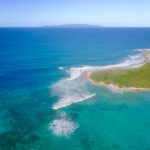
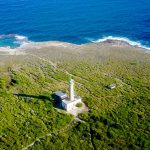
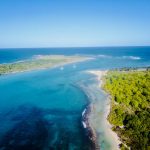
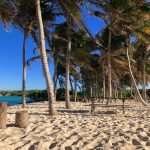

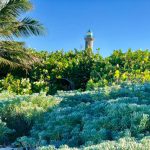
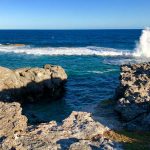
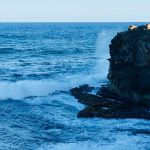

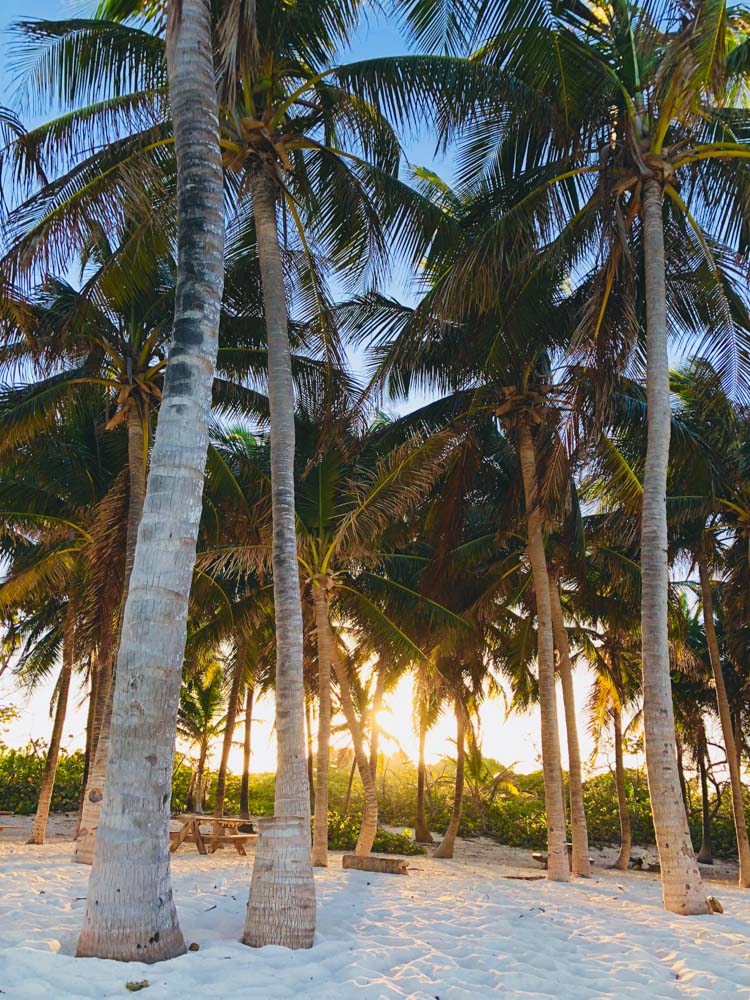




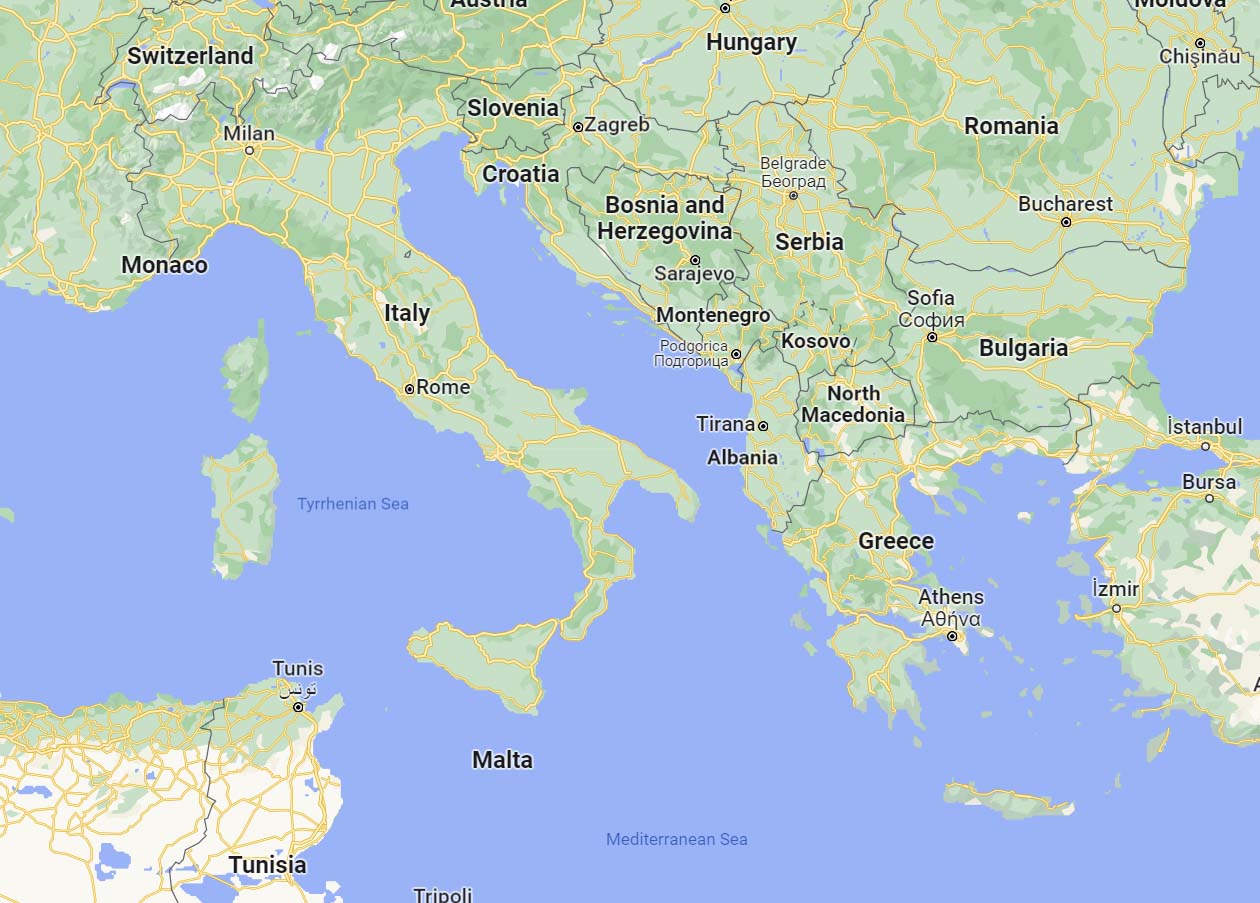
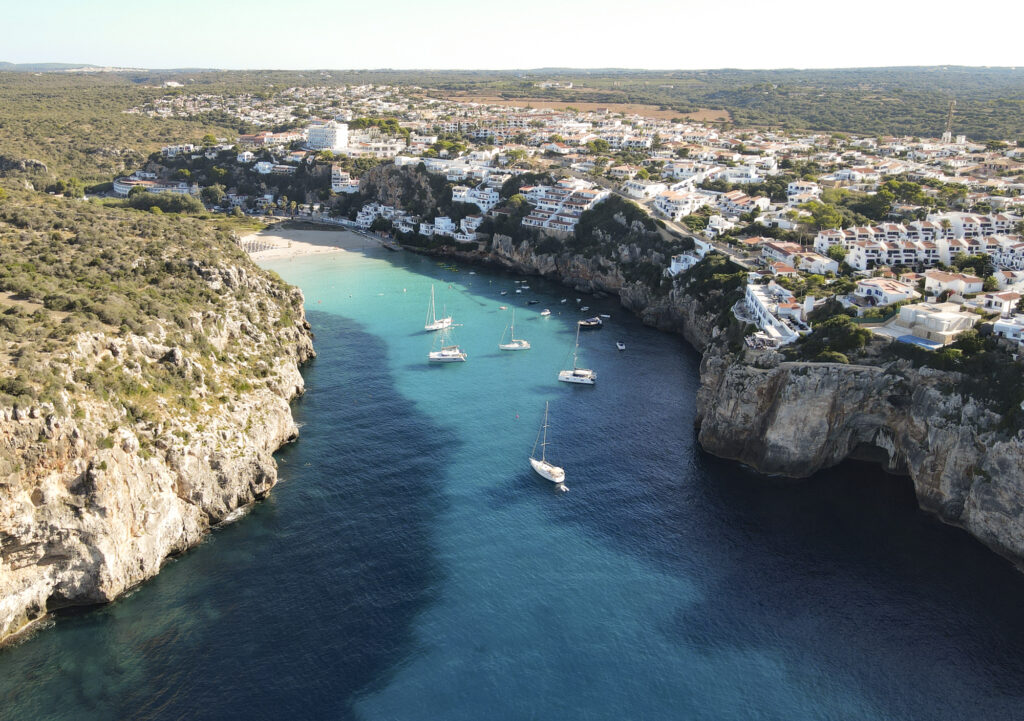
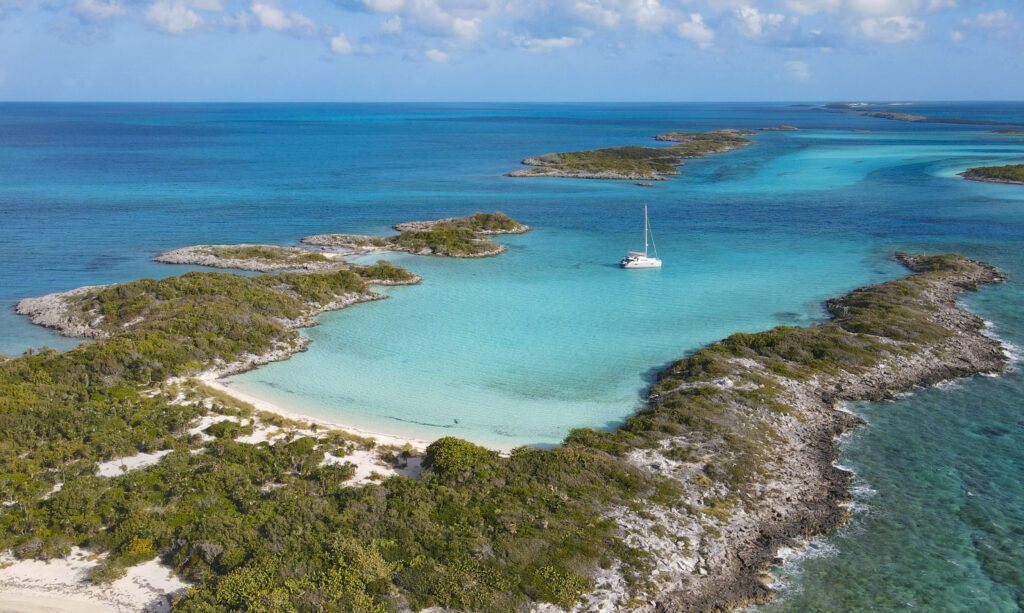
What a great recap of a spectacular day, Shiera. If that iguana species is endangered, you wouldn’t know it on Terre de Bas. I must have easily seen 50 with my own eyes that day.